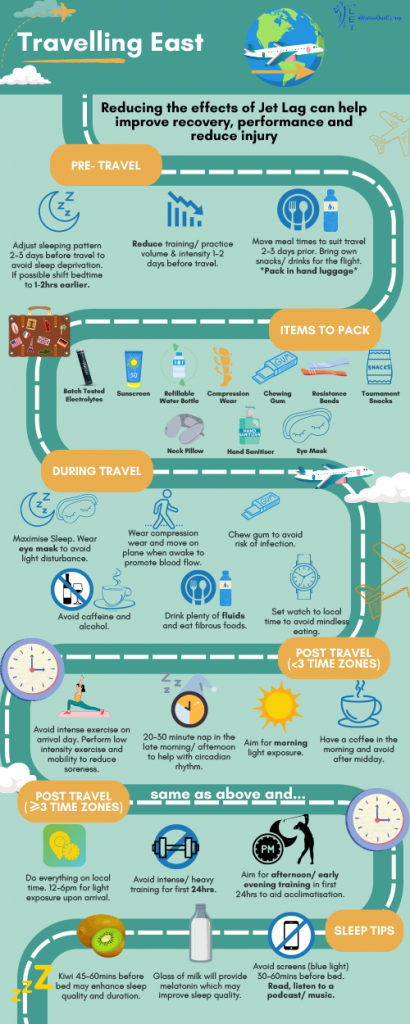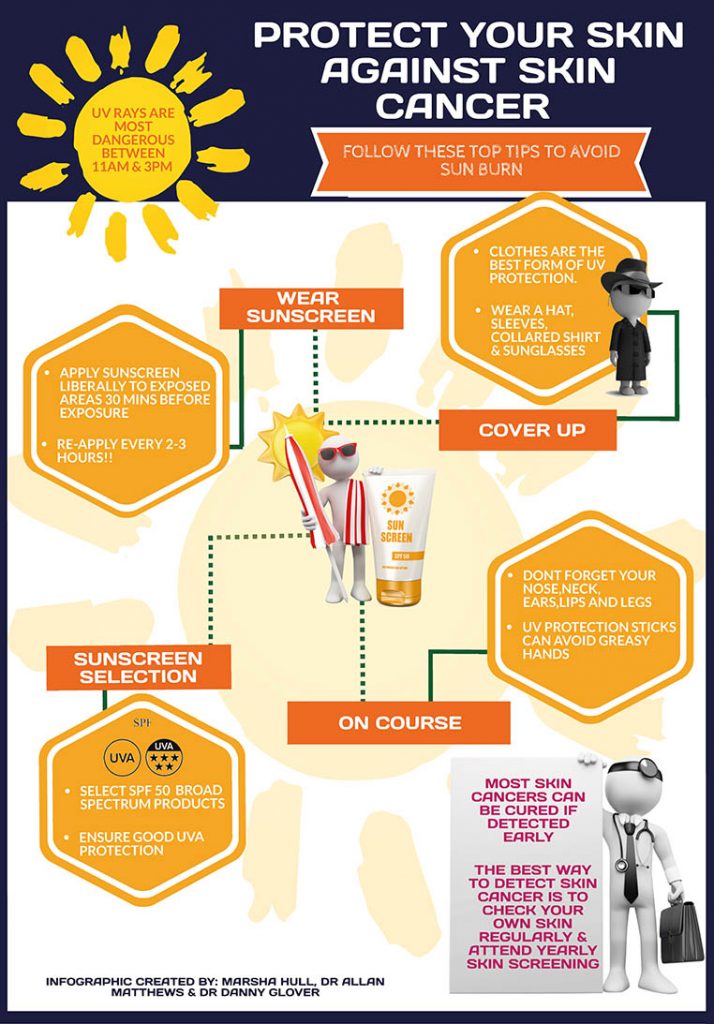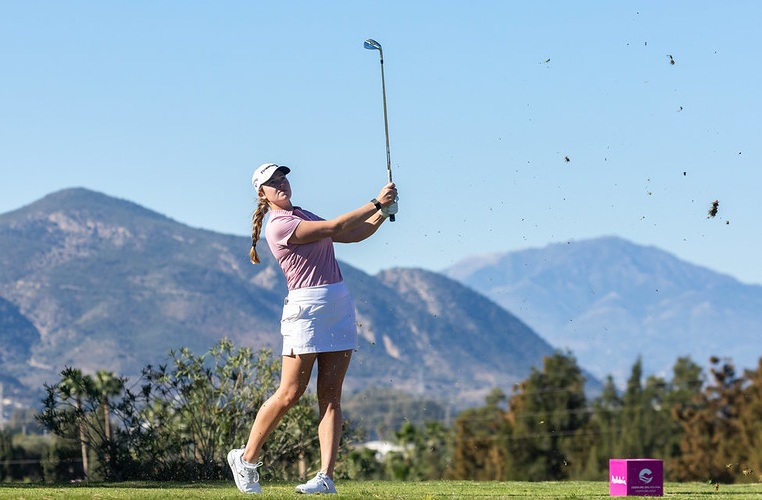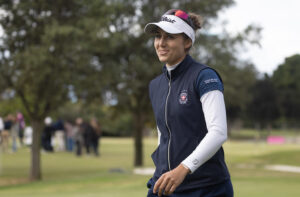By the LET Performance Institute Team
Golf is played by over 55 million people worldwide and has been shown to have positive health and wellbeing benefits including cardiovascular health, reduced risk of certain cancers, improvements in wellbeing and overall golfers living 5 years longer then non-golfers. See https://www.golfandhealth.org for more information.
The Ladies European tour has seen extraordinary growth over recent years, and whilst our professional golfers benefit from all the aforementioned health and wellbeing benefits, life on tour is not without its challenges. As worldwide tour jet lag is a real challenge. As we look to our next swing in Australia we had a Q&A with our team of experts at the LET Performance Institute, LET Chief Medical Officer Dr Danny Glover, LET mental health consultant Dr Will Wynter Bee, Tour Nutritionist Amy O’Donnell and Tour Strength and Conditioning Coach Fiona Scott, on how you can best overcome the dreaded jet lag and reduce impact on performance.
What are the effects of long-haul travel and jet lag on an athlete’s body?
Frequent international travel has a marked impact on our body clocks and is part and parcel of the life of professional golf. Jet lag has an impact on performance and increases the chance of infection and muscle fatigue. Persistent disruption to the body clock has also been linked to mental health problems, including low mood and anxiety. So, to stay mentally and physically at your best, reducing the impact of jet lag is sensible.

What are your top recommendations for long-haul travel and recovery, for example, when travelling to Australia?
Plan a schedule considering the possible impact of jet lag if possible and allow time to adjust. Plan to travel on direct flights, if possible, with minimal delays. Consider adjusting gradually to the destination time in the days prior to the flight. Use ear plugs and masks on flights, avoid excess alcohol and caffeine, minimise the use of electronic devices and switch to the destination time on arrival for sleep. Some golfers occasionally use sleeping pills. If these are to be used, then check with a doctor that they are appropriate and how best to use and confirm that they are allowable under the current Tour Anti-doping policy. Melatonin is used by some as a recovery aid for travelling, however it is difficult to assess a herbal product. If you intend to use it, make sure it is from a reputable source and retain the packaging. Certain countries do not permit melatonin, such as the UAE.
What can you do pre-flight?
A good travel check list would include hand sanitiser, to use regularly and especially before eating and at airports, which decreases infection by 40 per cent. First defence, sprayed up each nostril before flights, also decreases infections and fully batch tested hydration tabs are also very useful to take with you for better hydration in hot conditions. I would advise packing Ibuprofen for pain or inflammation, Loperamide or immodium in case of Diarrhoea, Cetirizine in case of hayfever or itchy bites, Strepsils to decrease the pain of a sore throat and blister/cut kit-tabe, plasters or band aids and second skin as needed.

Before travelling to Australia, in the lead up to leaving, try to adjust your sleeping pattern two to three days before you travel to help avoid sleep deprivation. This may mean shifting your bedtime one to two hours earlier. Reduce your training intensity and volume one to two days before travel. Consume a probiotic drink (e.g., Yakult, two daily) a week before the tournament and on arrival to help promote gut bacteria. Move mealtimes to suit your travel and time zones two to three days before hand. Make sure to bring your own snacks and drinks for the flight. This could include a refillable water bottle, fibrous food such as kiwis and high protein foods such as beef jerky, chicken and salad wrap, nuts and seeds.
What can you do during the flight?
Good in flight seated exercises include simply moving your toes and heels up and down alternately to activate the calf and prevent fluid pooling in the lower limbs, glute stretches by bending one knee out across the other and leaning forward in your seat, twisting as far in each direction with your upper body as you can whilst keeping your hips seated for back mobility, and shoulder circles forward and backwards. You can also do triceps and neck stretches in the seated position too.
Standing exercises include squats, hip flexor stretches, double or single leg heel raises, all of which can be done with one hand holding the back of a chair.
Any movement will increase blood flow around the body and prevent prolonged periods in the same position which can impact mobility.
Drink plenty of fluids to avoid becoming dehydrated whilst on the plane. Avoid caffeinated drinks/ alcohol which can disrupt sleep and make you dehydrated. Wear compression socks and move when awake to help improve blood flow. Consume fresh fruit products that are high in Vitamin C (e.g., Kiwis, Strawberries, Oranges) to help with immunity. Set your watch to the local time of destination to avoid mindless eating. Maximise sleep as best as you can, for example by wearing an eye mask to avoid light disturbance. Drink plenty of fluids and eat fibrous and easily digestible foods such as white meat and fish.
What items are good to pack in your luggage?
Batch-tested electrolytes and a refillable water bottle will be great to help with the warmer temperatures in Australia and to help avoid dehydration throughout your trip. A portable smoothie blender can be handy for early morning tee times when you don’t feel like eating. Chewing gum will help to build saliva whilst travelling, to help avoid infection. We’d also recommend packing your own sanitiser, which increases hygiene levels and reduces the chances of picking anything up whilst on the plane. It’s always a good idea to take tournament snacks, suncream and resistance bands, to aid with warm-ups.
What would you recommend doing upon arrival?
Consume probiotics to help gut bacteria and to aid with defending off any infections that may have been picked up on the plane. Avoid intense exercise on the day you arrive as this may lead to an unexpected injury. Low intensity exercise such as yoga/ walking is ideal to help reduce muscle soreness. A 20–30-minute nap in the late morning/early afternoon to help with circadian rhythm. Do everything on local time. 12-6pm for light exposure on arrival. Have a coffee in the morning and avoid caffeine after midday if possible.
Good post flight exercises include “a mobility flow”, where you fold down from your head towards touching the floor, cradle your arms and hang briefly (this mobilises the back), pump your calves, then move into a “downward dog” stretch (hamstrings and lat muscles), then into a cobra pose (abdominals). From here you can take one foot and place it by your hand (relaxing the back knee to the floor for balance) and then aim to move the same arm as forward knee from the floor (to increase the hip stretch) then to the ceiling (to mobilise the spine). Then perform the flow in reverse back to the starting position.
Other couple of great post-flight exercises include “saw”, “half kneeling archer” and “side lying thoracic mobility”, all of which can be found online.
How can you aid sleep quality?
Eating 1-2 kiwis 45-60 minutes before bed may help aid sleep quality due to containing melatonin, folate and they are rich in antioxidants. A glass of milk before bed also contains melatonin, which helps with sleep quality.Avoid screens (phones/ TVs etc) at least 30 minutes before bed to reduce blue light exposure. Read a book or listen to a podcast/ music instead to turn off.
How long would you expect it to take to acclimatise to the time zone and temperature conditions?
This can all depend entirely on the individual themselves and where they have travelled from. Hopefully 1-2 days if you follow the advice given.
How would you structure your days around golf practise and competition?
I would try your best to arrive at the beginning of the week, so you are feeling as fresh as possible for practice days and of course the tournament itself. This will help make sure that you are over any symptoms of jet lag. If you want to train/ practise on the day you arrive, aim for afternoon/ early evening training to aid acclimatisation and if heading to the gym on this day, do low intensity exercise.
How do I best protect my skin?
Clothes are the best form of UV protection, wearing sleeves, collared shirts, a hat and sunglasses help to reduce exposure. Apply SPF 50 sunscreen with good UVA protection, sunscreen Liberally to exposed areas 30 minutes before exposure. Re-apply sunscreen every 2-3 hours. Don’t forget your nose, neck, ears, lips and legs. UV protection sticks can help.





















